
Singapore
Many people I have spoken to about my trip have questions and misconceptions about Singapore so here’s a brief introduction.
The word ‘Singapore’ is used to denote both the country and the city. It is a separate independent country located on an island approximately 35 x 15 miles, close to the Southern tip of the Malaysian Peninsular. It’s connected to Malaysia by two bridges and there are full customs and immigration checks on both sides of the bridges. The city is concentrated in the mid-south of the island where there are many high-rise buildings, malls, hotels and tourist attractions. The rest of the island, although well-populated, contains much green space, including National Parks, public gardens, etc.
The history of Singapore is fascinating as I discovered visiting the National Museum. Ideally located on the trading routes between India and China, it came under the rule of the Malacca Sultanate of Malaysia. After the Portuguese invasion of Malacca in 1511 the Sultan was forced south where he created the Johor Sultanate. The settlement on ‘Cingapura’ (as it was then known) was destroyed by the Portuguese in 1611. In 1819, Sir Stamford Raffles arrived from Britain with the purpose of establishing a trading base. This was to compete with the Dutch who had a virtual monopoly on trade, particularly opium, between India and China. After some political maneuvering and an exchange of dollars, the British were able to establish a duty free trading port on the island of Singapore. This was tremendously successful, population grew rapidly with Chinese and Indian immigrants; and trade in opium was augmented by trade in rubber and tin.
With growth came many social problems worsened by ineffective management. Singapore was established as a Crown Colony in 1867 to attempt to bring these problems under control but despite this, problems of overcrowding, opium abuse, and prostitution persisted. After WWI, the British built a substantial Naval Base on the island to guard against the expansion of the Japanese Empire, but failed to equip the base with more than a couple of ships. After Pearl Harbor (December 1941), Japanese ‘jungle-hardened’ troops over-ran the Malaysian Peninsula from the north in 55 days. Naval reinforcements were sunk on their way from England and so with inadequate air and sea power, the British Army surrendered to the Japanese from an underground command center (known as the Battlebox) in February 1942. The Japanese imposed a harsh rule, persecuting particularly the Chinese population, destroying the majority of the infrastructure until the island was turned over back to British Rule, following the Japanese surrender in August 1945.
With the failure of the British to defend Singapore, the Singaporeans had lost faith in foreign rule and over the next ten turbulent years, Singapore evolved to self governance. This culminated in the first full election in 1959 when the Peoples Action Party (PAP), formed mainly of ethnic Chinese, scored a large victory. Reconstruction was begun with an emphasis on housing, education and business, beginning the evolution of modern day Singapore. English was chosen as Singapore’s first language, tax incentives instituted to encourage foreign investment, and education was given priority to create the skilled workforce necessary to promote growth. Singapore’s government has been considered authoritarian, particularly in its early years and the PAP has maintained its power with the help of some strict rules discouraging dissent. The country’s phenomenal economic success was studied by the Chinese and became a model for China’s recent economic growth.
Modern Singapore, with a multi-ethnic population of over 5 million, has one of the highest per capita GDPs in the world. Its education and healthcare systems rank highly, it has the third highest life expectancy in the world (cf US, #31) and is known as a pleasant, if expensive, place to live and visit. It is also known for its low crime rate and strict enforcement of the law. I spent several days there and, in addition to the Tanglin Rugby Club and the ‘Sungei Buloh Wetland Reserve’ (mentioned in earlier posts), I visited the National Museum, had an excellent tour of the ‘Battlebox’, visited ‘Gardens by the Bay’, Chinatown and walked the ‘Quays’ along the shore of the Singapore River.
Gardens by the Bay
Two huge indoor glass structures and an outside ‘forest’ with aerial walkways. Well worth the visit.
Click on any thumbnail below to see larger size image gallery.
Flowers
Click on any thumbnail below to see larger size image gallery.
- Orchid
- Orchid
- National Flower (Hibiscus)
- Orchid
- Orchid
- Insect-eating plants
- Ant trap
The Quays
The Singapore River has long walks on both banks with shops, hotels, and restaurants of every variety.
Click on any thumbnail below to see larger size image gallery.
- Salvador Dali Statue
- British Pub
Chinatown
Busier and brighter than any Chinatown I have visited.
Click on any thumbnail below to see larger size image gallery.
- Foul smelling durian fruit
Cityscapes
Click on any thumbnail below to see larger size image gallery.
- Art and Science Museum
- Marina Bay Sands Casino-Hotel
- (Dwarfed) Fullerton Hotel
- Architect’s Humor
- Hotel Lobby
- Footbridge
- Durian Building (Theatre)
- Art and Science Museum
- Nightscape
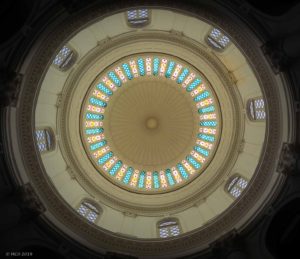
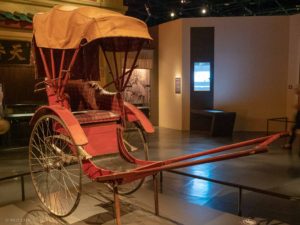
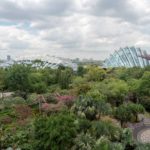
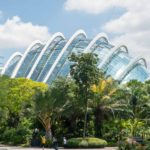
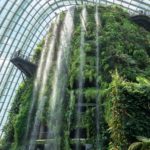
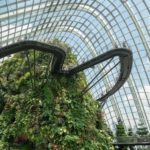
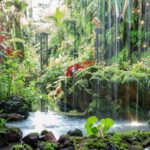
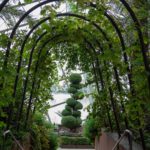
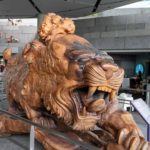
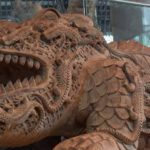
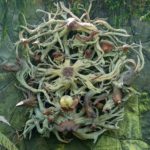
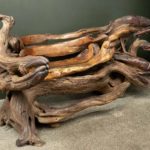
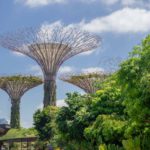
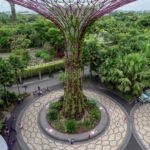
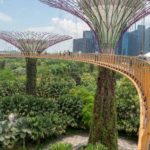
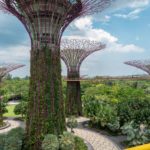
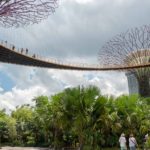
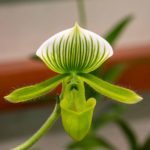
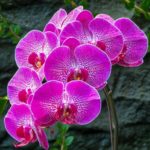
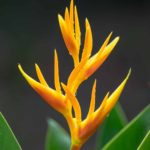
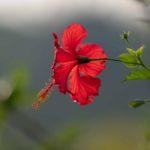
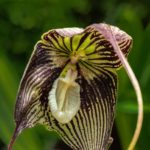
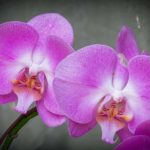
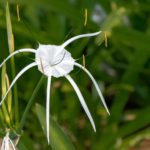
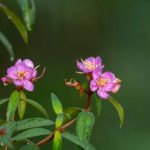
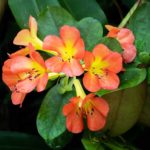
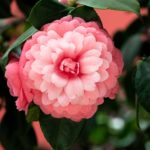
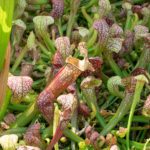
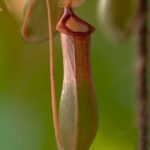
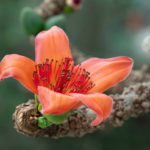
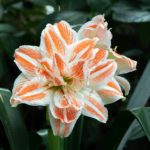
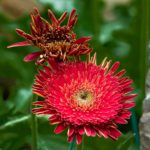
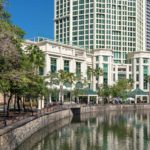
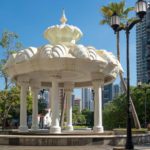
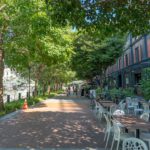
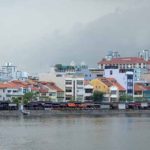
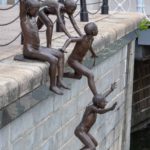
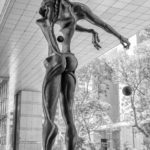
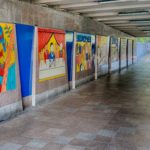
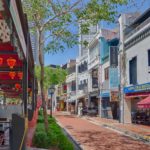
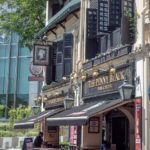
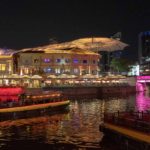
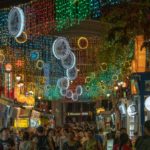
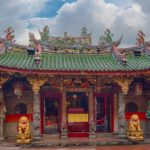
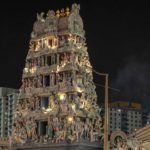
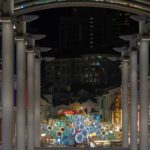
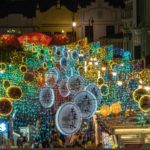
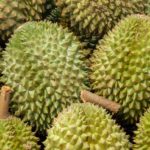
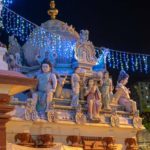
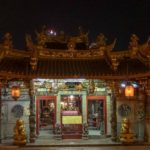
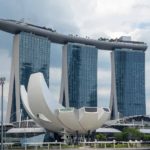
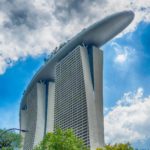
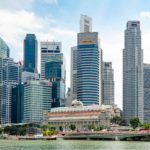
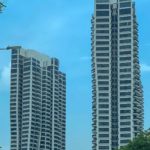
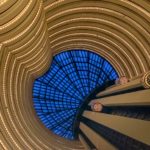
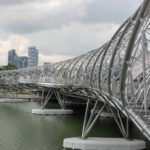
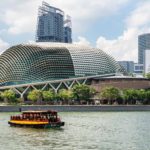
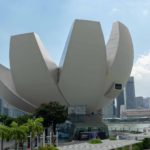
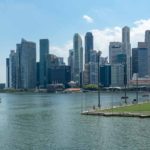
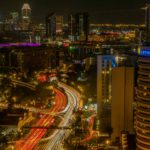
I’ve had a growing interest to visit Singapore. You input AND pics took it to a new level! Thank you!
From Cheryl: So on you’ll go to Singapore soon, I bet. Thanks for always being so precious about our blog and pictures. We love you.
Your posts are a pleasure to read, so informative. The photos are stunning, and make me feel as though I was there with you. Keep them coming!
From Cheryl: Thank you dear Eileen. So happy to still be in touch after all these years! Glad you are traveling these days, exciting to be retired and on the road!